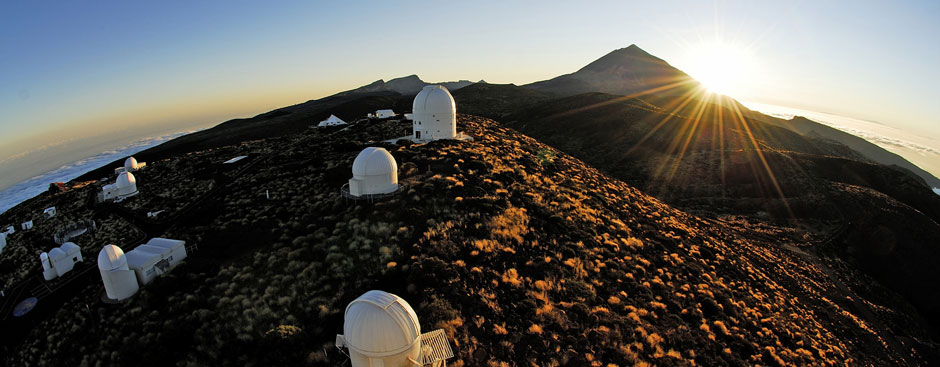Speaker
Description
The particles composing the dark matter are thought to be distributed in haloes around the galaxies and then, they can be detected on Earth-based very sensitive instruments if they couple to normal matter other than gravitationally. Direct dark matter searches sensitivity has been steadily improving for about forty years, profiting from the development of new detection strategies, application of a variety of target nuclei, and improving the ultra-low-radioactive background techniques. The DAMA/LIBRA experiment claim the detection of the galactic dark matter, relying on the observation for more than twenty years of an annual modulation in the detection rate of their NaI(Tl) detectors. The observed modulation shares all the features expected for the galactic dark matter signal in the standard halo model. However, no other experiment has observed any hint supporting this interpretation of the DAMA/LIBRA result, and it seems very difficult to reconcile it with the plethora of negative results from different experiments (using different targets and techniques). However, results from the most sensitive experiments cannot be compared with DAMA/LIBRA result in a model-independent way because of the unknowns and uncertainties in the model parameters involved in such a comparison. Only recently, beyond three-sigma sensitivity to DAMA/LIBRA result is at hand using the same target material, NaI, which allows to cancel all the signal dependences on the particle dark matter model and the dark halo model, and then, it enables a model independent testing. The status of the testing of the DAMA/LIBRA result, as well as a revision of the possible systematics involved and the sensitivity prospects for the near future will be presented with the focus on the ANAIS-112 experiment, taking data at the Canfranc Underground Laboratory, Spain, since August 2017.

